Populares dominate turnout for the 2016 Elections Puerto Rico March-April Poll
Las Friday after approximately a month of voting time, the 2016 Elections Puerto Rico Poll for March and April 2016 closed. A total of 563 individuals participated in the online poll conducted through Google Forms. We set out to gather data on the 2016 elections for both local and national races. At the end we were impressed with the participation in the poll, considering its length and limited advertising period.
Through specific questions about voting behavior we were able to verify the legitimacy of voters and avoid multiple entries. These questions also enable us to conduct a more in-depth analysis of the results that can yield a more accurate result than what the raw data will imply. Over the course of this week, we will be publishing detailed analysis of the data gathered.
As we indicated when the poll was announced, the raw data is available for public download on our website, for academic, research and journalism purposes. You can also find the summary of responses automatically produced by Google here. Do note that the generated charts have not been properly analyzed and therefore cannot be considered statistically accurate.
Without further ado, here are our demographic, voting history and party affiliation raw results.
Demographics
A total of 97.3% of participants indicated they were registered voters, with a gender breakdown of 39.3% female respondents and 60.4% male respondents. Already we can see an oversampling of males in the poll, for which we will correct in our analysis. The age breakdown was much more evenly distributed:
Geographically speaking, the sample seems to have followed somewhat closely the actual population proportions of Puerto Rico’s municipalities. San Juan, the most populous city generated a plurality of responses, followed by Guaynabo, Bayamon, Carolina and Ponce; all of which are in Puerto Rico’s top 6 most populated cities.
Education wise, the raw unadjusted sample also yielded a varied result, with a significant proportion of respondents for each option:
Voting History
As part of our methodology, we asked respondents to specify the year in which they first voted. This question was meant to aid us in identifying illegitimate responses that could skew the results. In addition, we asked voters to specify if they voted in the 2012 elections. 90.6% of respondents indicated they had. Those that said yes, were then asked to identify who they voted for in 2012 for the positions of governor and resident commissioner. This data will help us analyze the accuracy of results, allowing us to correct any oversampling of a particular group. From the data gathered, it is clear the sample yielded an oversampling of Popular Democratic Party supporters, since Alejandro Garcia Padilla obtained 47.73% of the vote, versus 59% in the poll.
These results are also reflected in the question regarding the resident commissioner vote of 2012:
Party Affiliation
Lastly, to help us correctly sample and score responses, we asked respondents to let us know their party affiliation, both locally and nationally. From earlier questions we know PDP and Worker People’s Party affiliates are over-represented, which these results confirm.
Now in terms of national party affiliation, to our knowledge, this poll will be the first to ask Puerto Rico residents. To correctly gauge the strength of national parties in Puerto Rico, we will adjust the sampling based on the results from the local party affiliation question. Nonetheless the differences will likely not affect the overall results with Democrats having an edge of Republicans, and a large portion of Puerto Rico residents having no national party affiliation.
This week we will be releasing the results and analysis for the gubernatorial, resident commissioner and presidential races.

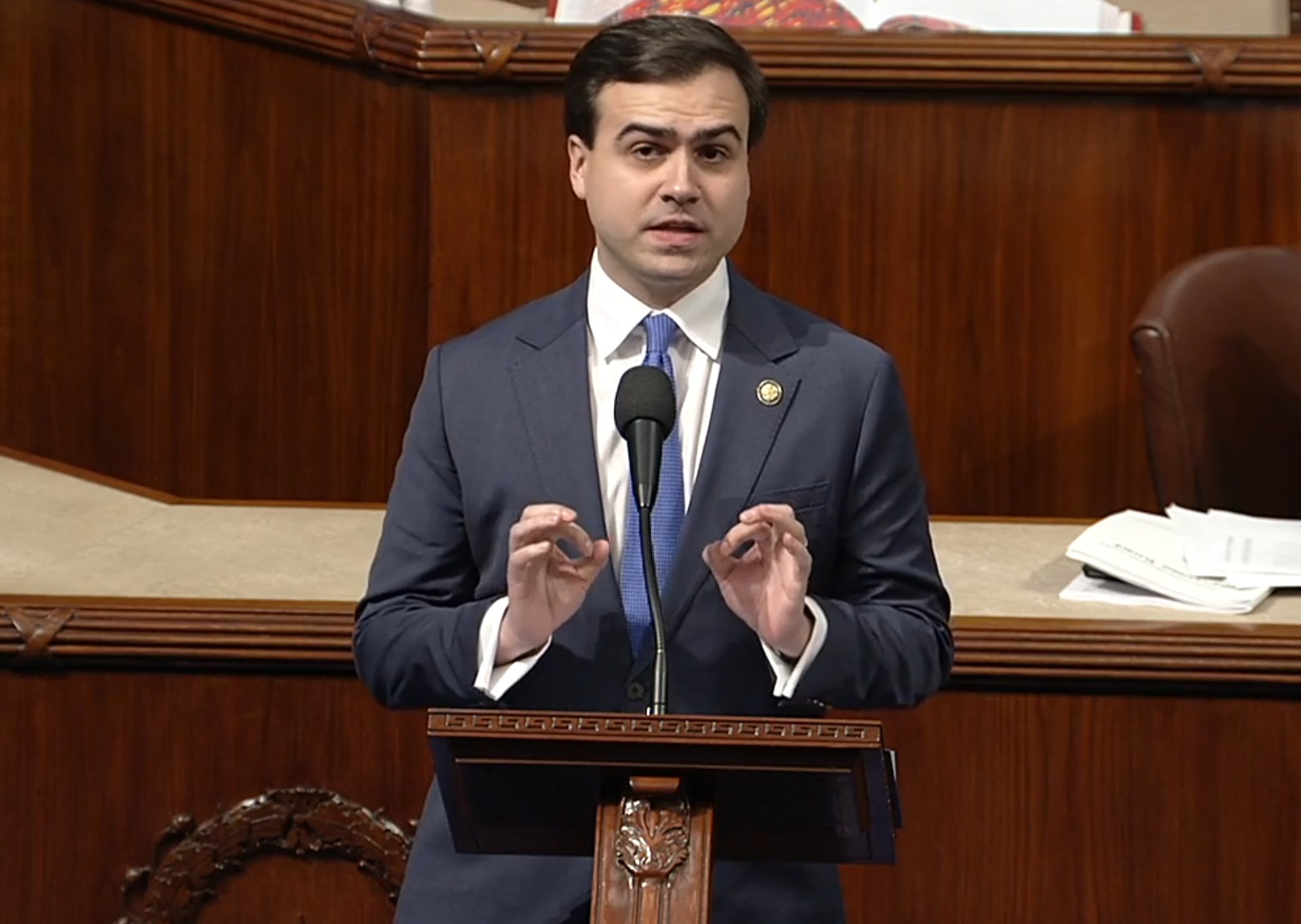
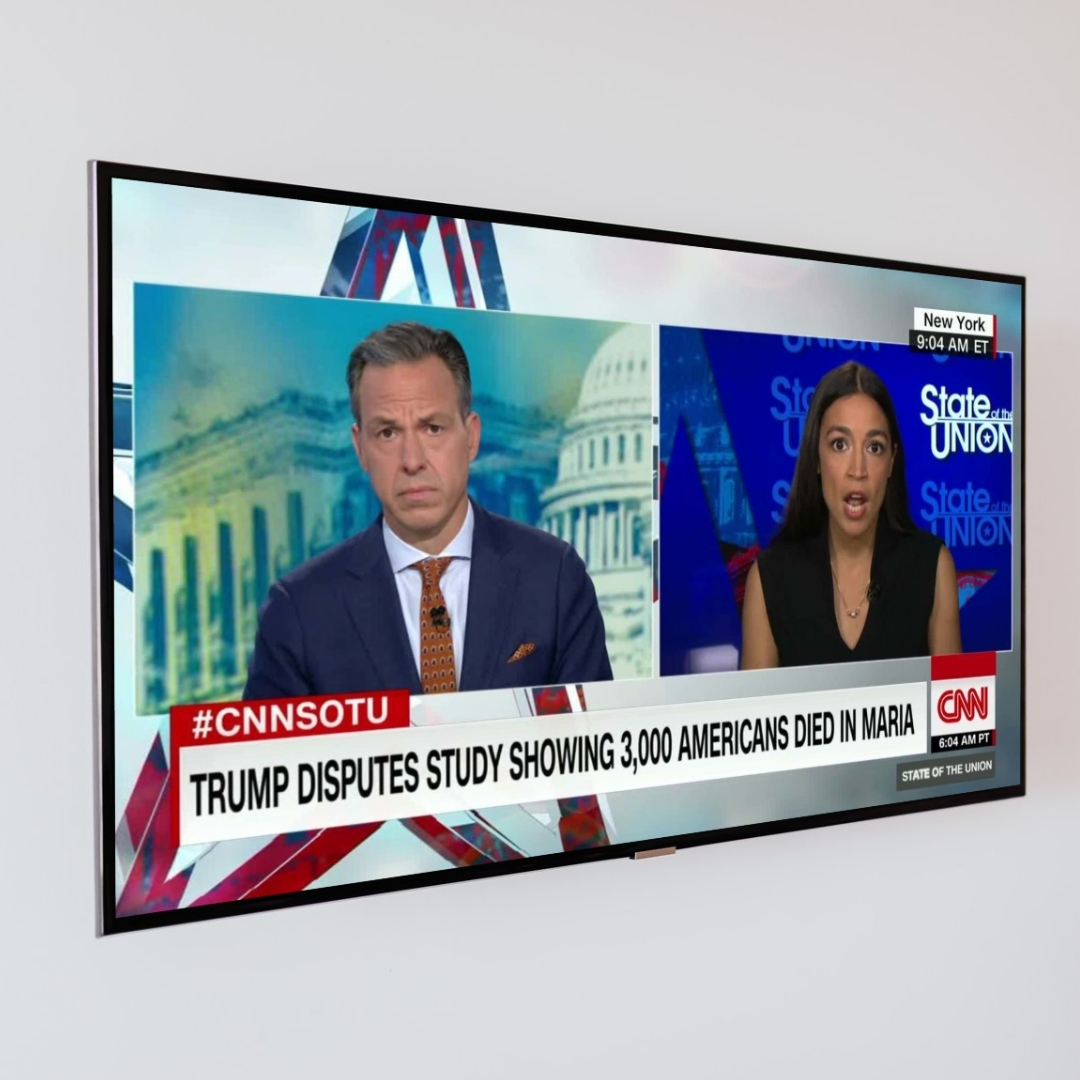
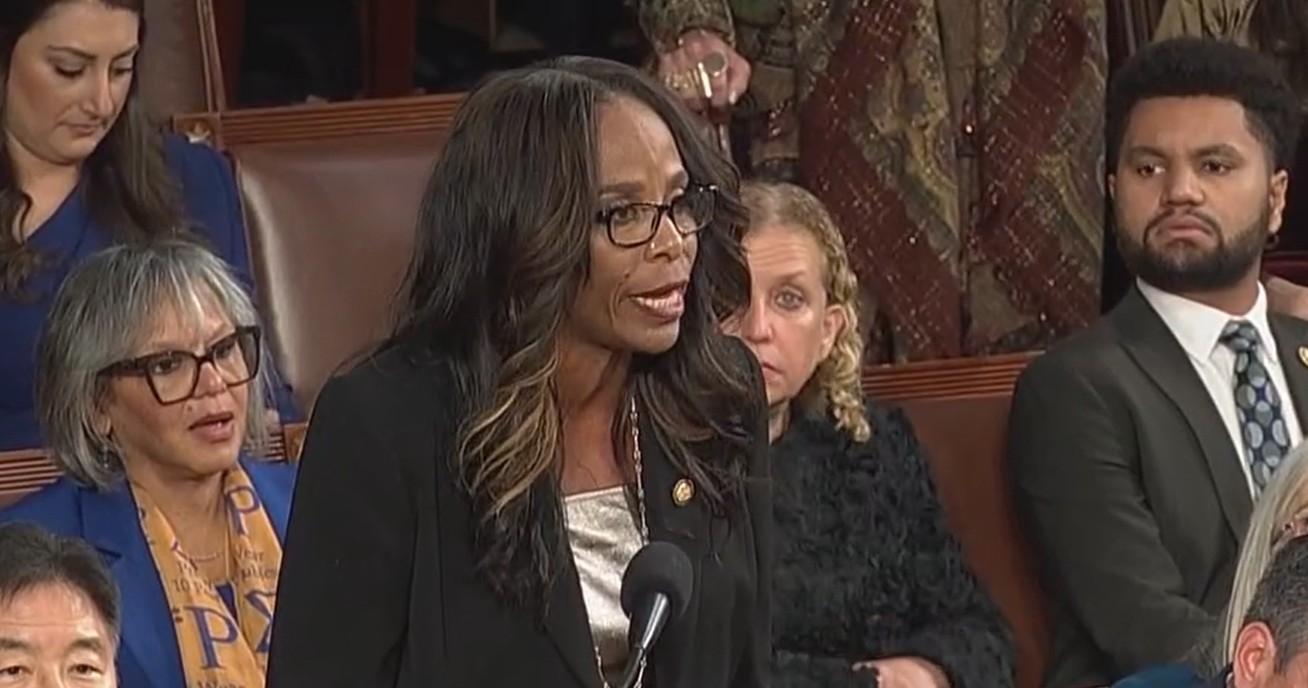
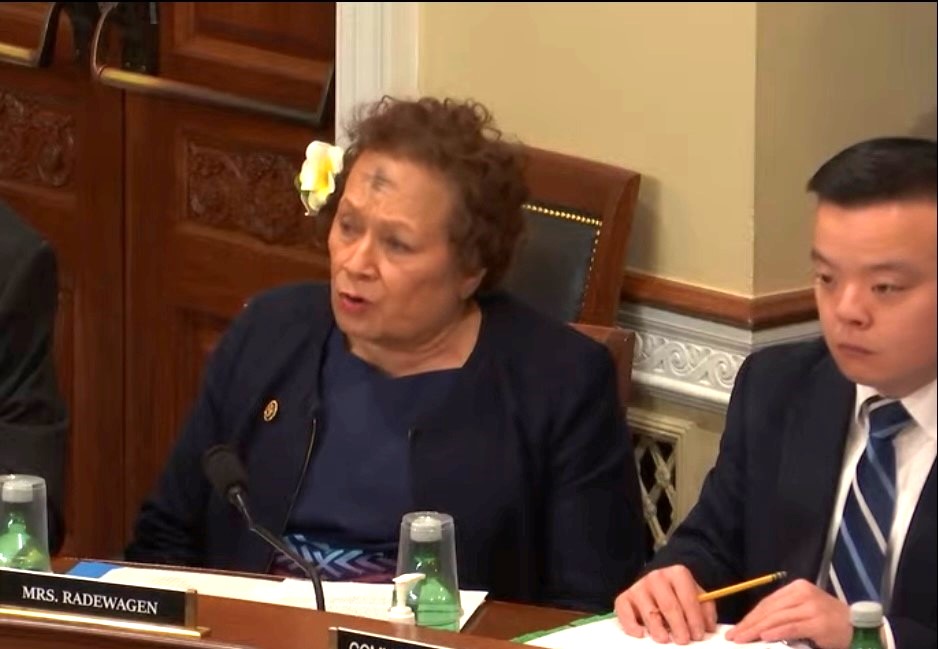
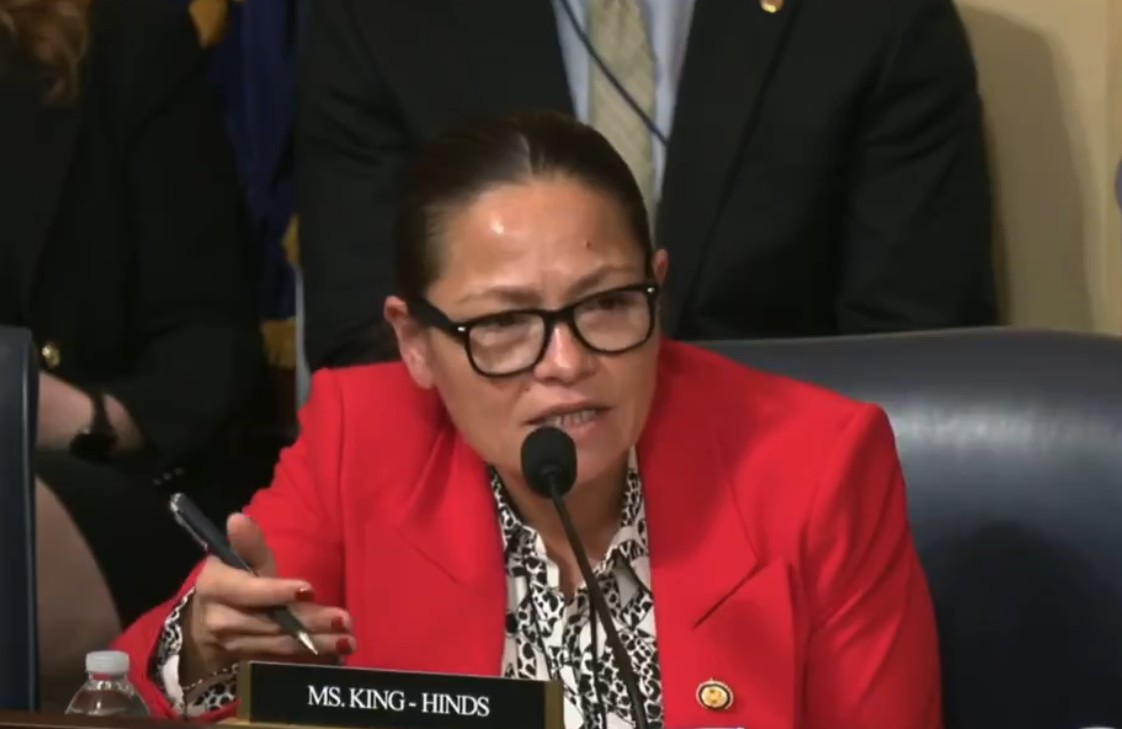
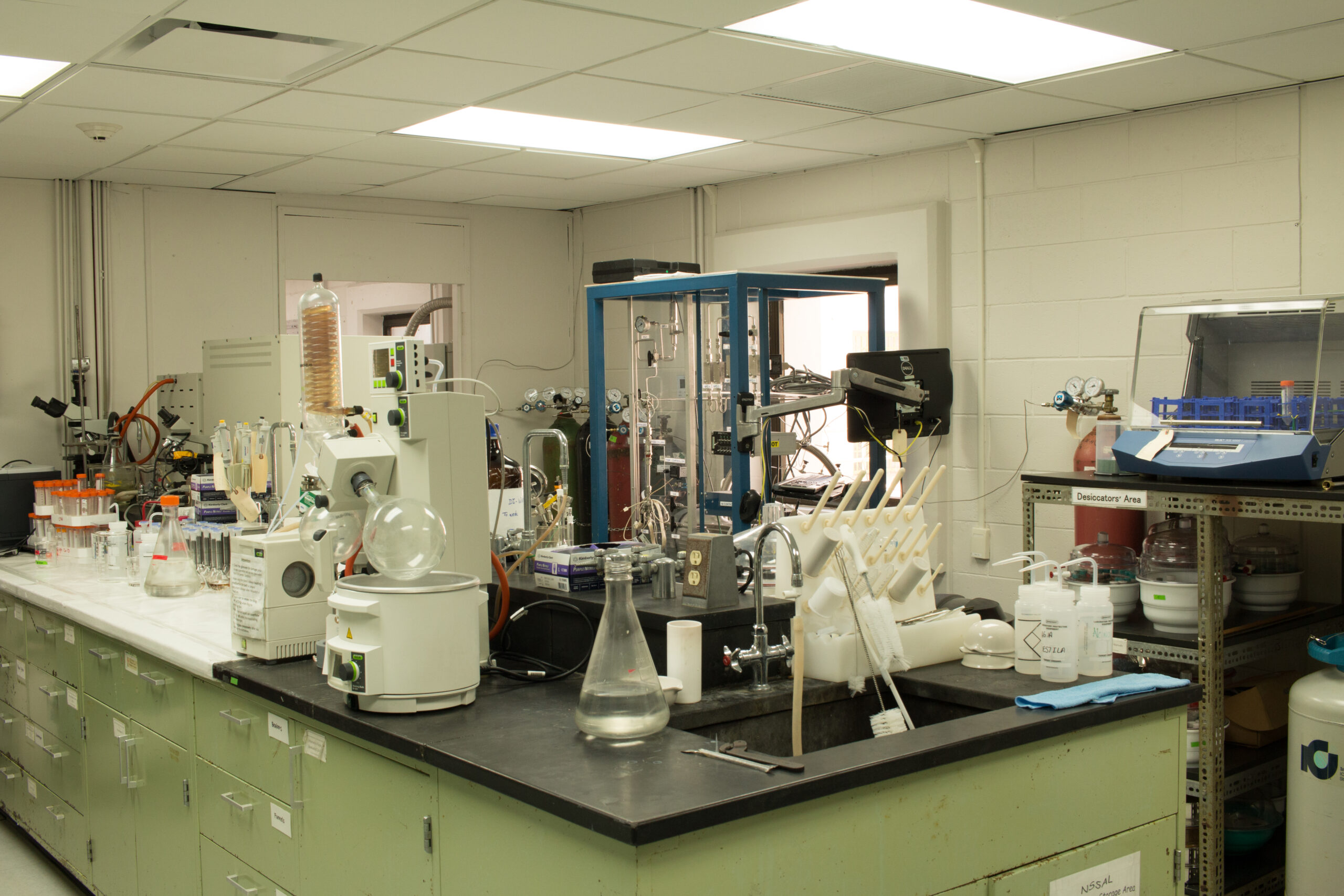
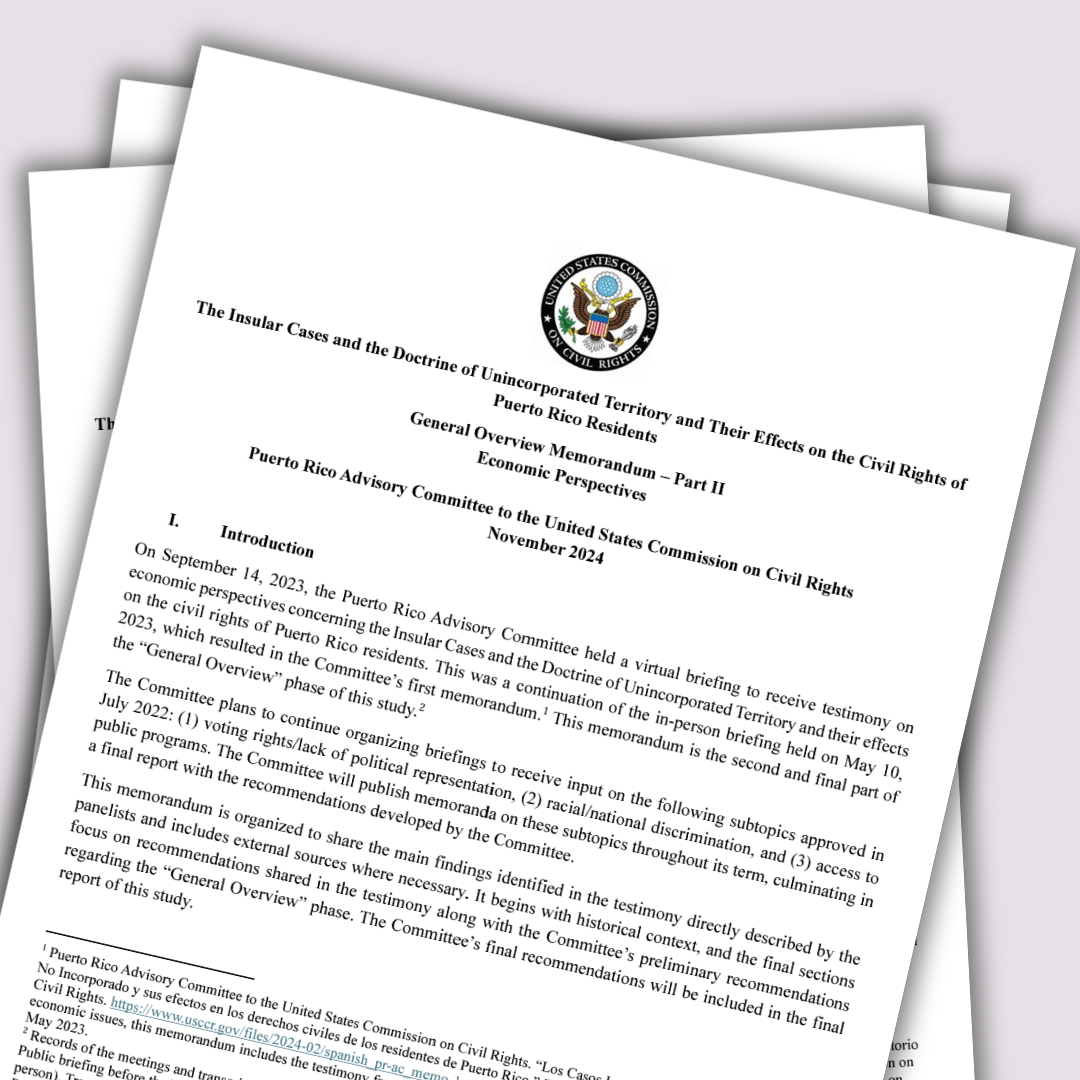
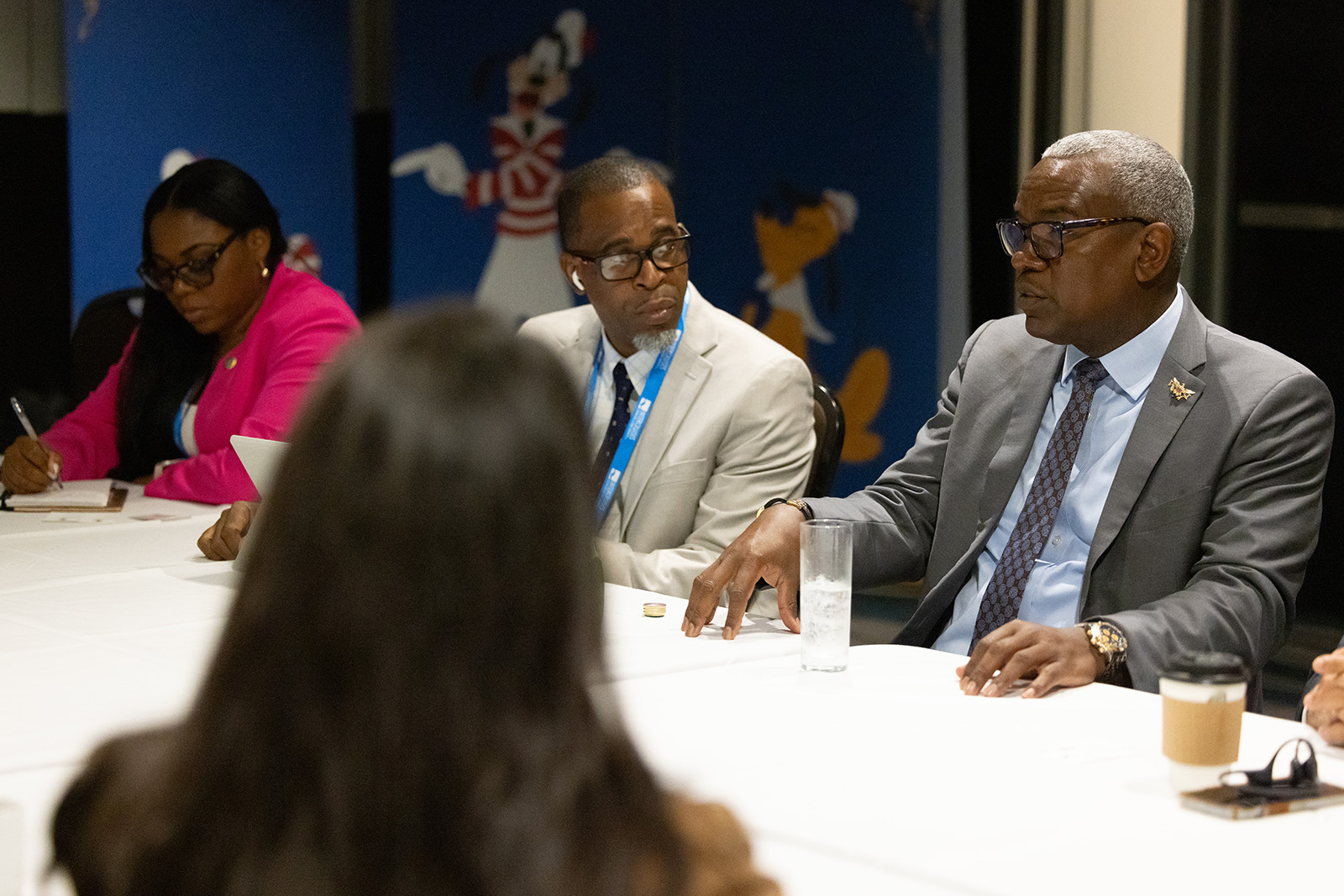
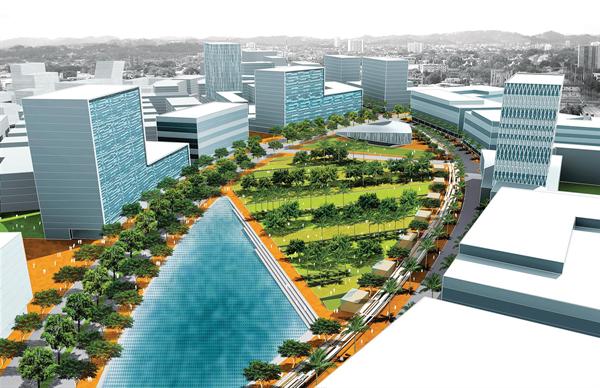

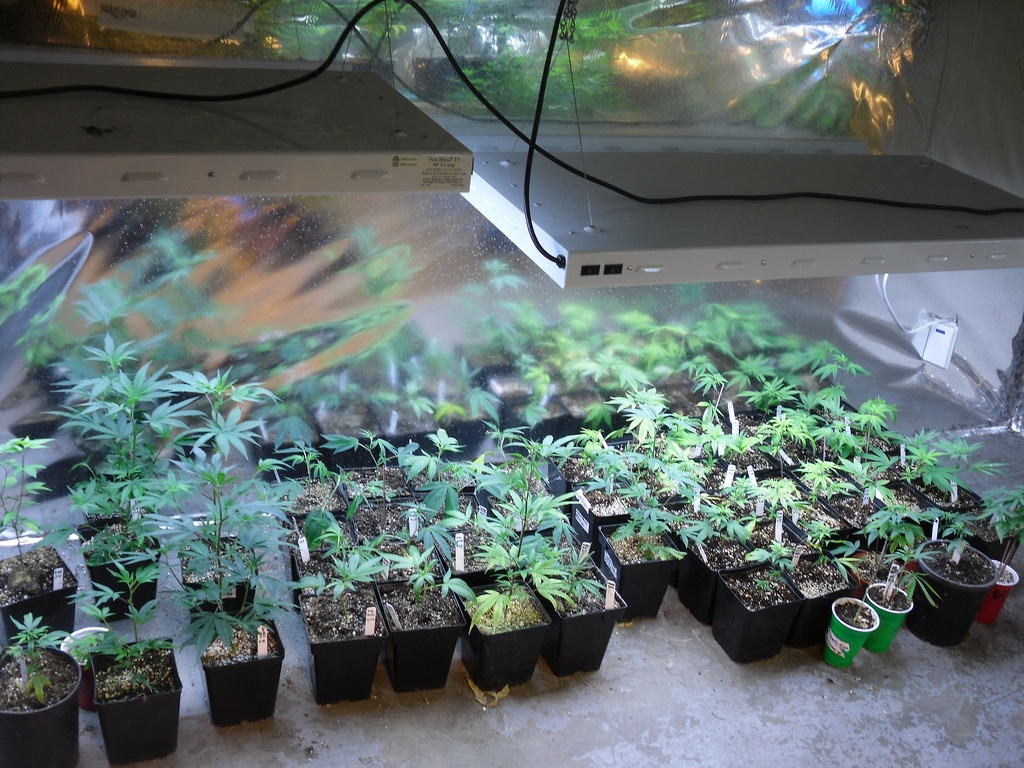
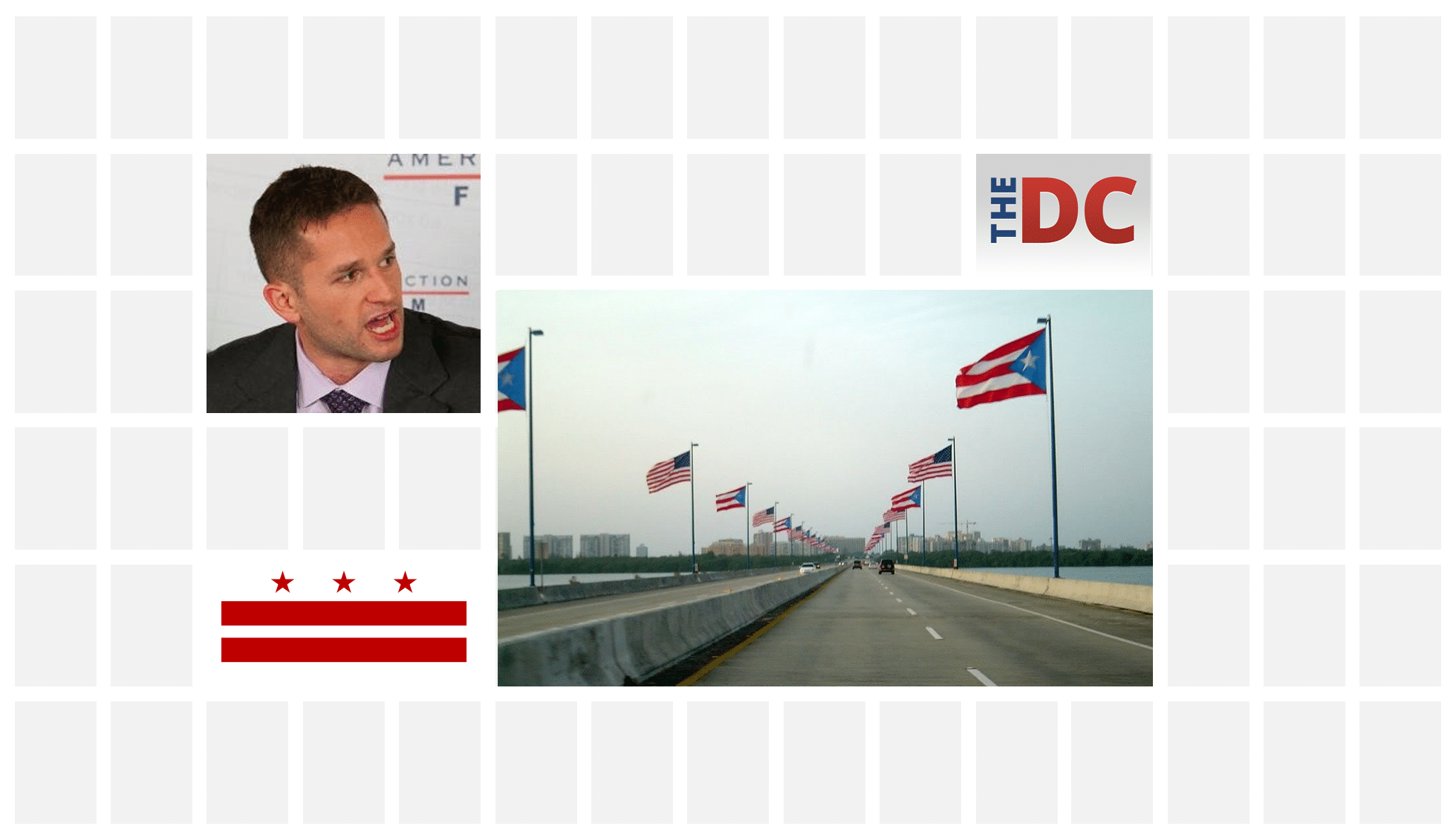

Trackbacks/Pingbacks